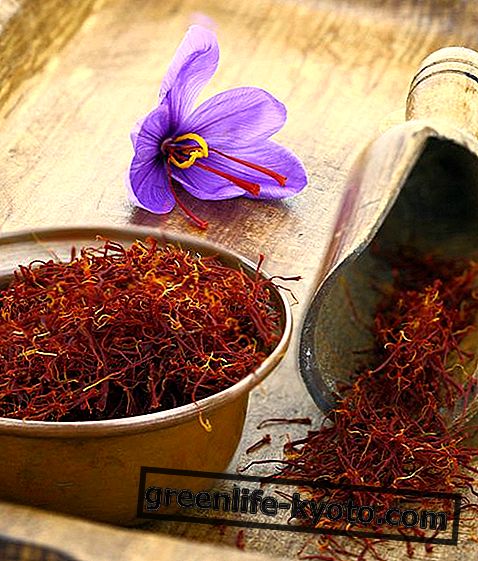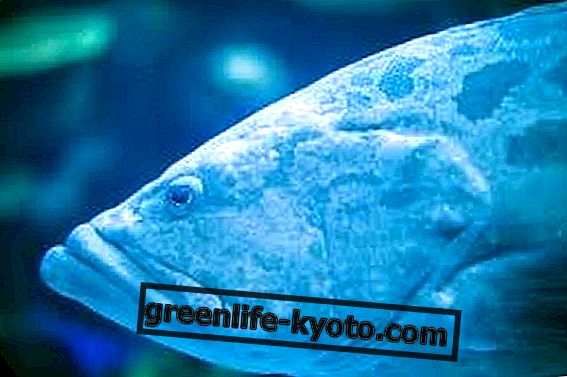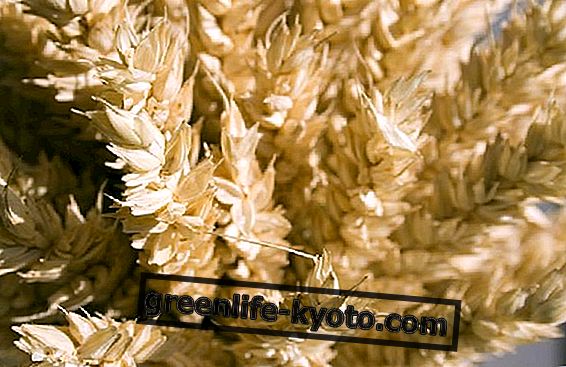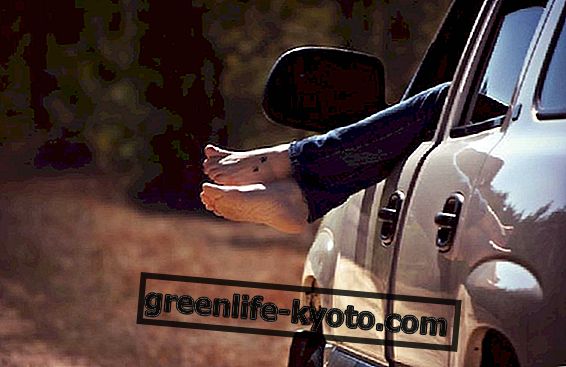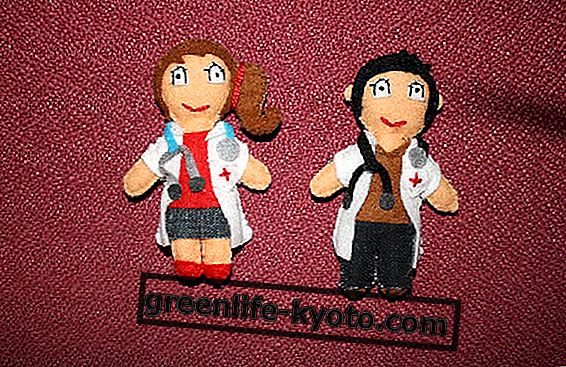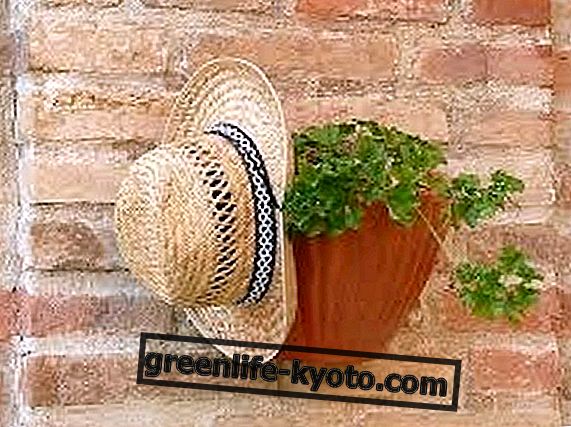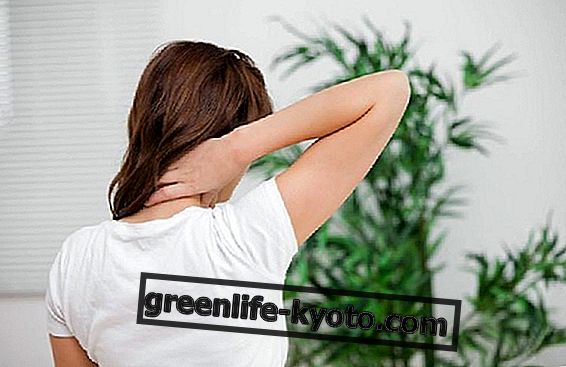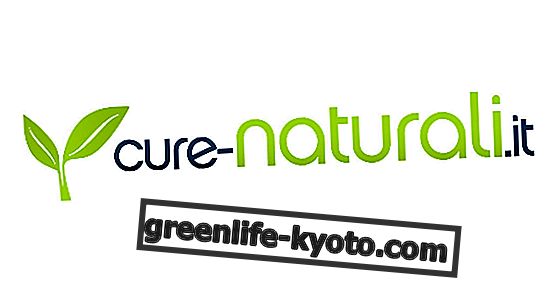
Echinacea is a perennial herb of the asteraceae family as the most common daisy, and is native to areas of North America and Mexico .
The part used for the extraction of the natural principles useful for well-being are in particular the root but also the leaves and the aerial part of the plant that already the ancient Indians used as herbal tea .
There are several varieties of echinacea and the best ones as a phytocomplex composition are angustifoglia and pupurea .
The use of echinacea to support and function optimally the immune system has been known for a long time and in many parts of the world. Already the American Indians used it for the purpose of prevention from colds diseases as well as for its healing properties of wounds and burns.
With the scientific studies it has come then to know the active principles present in the echinacea and their mechanism of action; in fact, in vitro and in vivo studies have shown its effectiveness in activating our immune system thus confirming what the ancients already knew empirically.
Let's find out how to use it in pediatric age, its properties and any contraindications.
Use of echinacea in pediatric age
The use of echinacea for children is also ancient: there are bibliographies and texts from the past that describe their use in children from the first years of life.
Even for children echinacea performs immunostimulant, antiviral, antibacterial, anti-toxic, healing and anti-inflammatory activities .
Pediatric children can get sick many times a year because their immune system is undergoing training.
For common respiratory diseases such as colds , coughs, ear infections and flu forms, echinacea is an excellent natural cure and in the form of creams and ointments it can be a green first-aid remedy in case of excoriations, wounds, small burns and other skin ailments.
Echinacea properties
Echinacea is an excellent immunostimulant and anti-infective that works by activating the lymphocytes of our immune system. In particular, it is precisely the white blood cells that have improved the defense activity against attacks by external agents; furthermore echinacea is able to counteract specific bacteria and viruses thanks to its ability to activate macrophage function .
It is used to prevent colds or to help cure them : as soon as the first symptoms appear it is possible to take it against colds, coughs, flu symptoms and even for inflammation of the urinary tract as in the case of cystitis.
It is also used externally through creams, ointments and ointments for the healing of wounds, mouth ulcers, dermatitis and burns in particular solar ones.
Echinacea: a flower as a shield against winter ailments
Use of echinacea for children: dosage and modality
The method of preventive use of echinacea consists of taking 50 drops of echinacea mother tincture in a little water every morning and starting at the end of autumn, continuing all winter .
For children the recommended dose depends on age and weight ; we can indicate in general that the quantity is half dosage of the adult then 20 or 30 drops in the morning in the preventive phase or 2 or 3 times a day in the acute phase .
For children it is better to choose non-alcoholic extracts, ie without alcohol; in addition to the mother tincture of echinacea it is possible to find extracts and capsules containing echinacea. In this case the indications of intake will be reported on the label and usually they are 1 or 2 tablets or single doses a day.
There are many of these echinacea based products formulated and prepared specifically for children; the most common are syrups to help the well-being of the throat and upper airways in the event of a cough, cold, flu and symptoms of colds.
Recall that naturopaths and experts in medicinal plants recommend taking echinacea for prolonged periods as a preventive form but with withdrawal periods . The method then is to use echinacea for 21 days and suspend it for a week, then start again until the end of winter .
This mode of naturopathic cycles is important so as not to make the body accustomed to the presence of an external remedy even if natural.
In this way the immune system has moments in which it works autonomously without the support of echinacea and thus allows it to learn and perpetuate the good work of our immune defenses.
Warnings and contraindications
Echinacea can have several side effects. It is not indicated in people allergic to plants of the Asteraceae family . Moreover it is not possible to use it in case of therapies with immunosuppressive drugs because it would interfere by activating the immune system.
The same warnings apply to children and, according to a latest study, a possible increase in the onset of allergy has been revealed for some subjects under the age of 12 . If this is confirmed, the information on the label of echinacea-based products will be indicated and will bear a warning with a minimum age and a specific dosage.
However, the ancient use of echinacea gives a very long history that leads to a safe use of echinacea while respecting the times and dosages .
However, it is always important to communicate the use of natural remedies to your pediatrician and to discuss possible health advice for your children.

